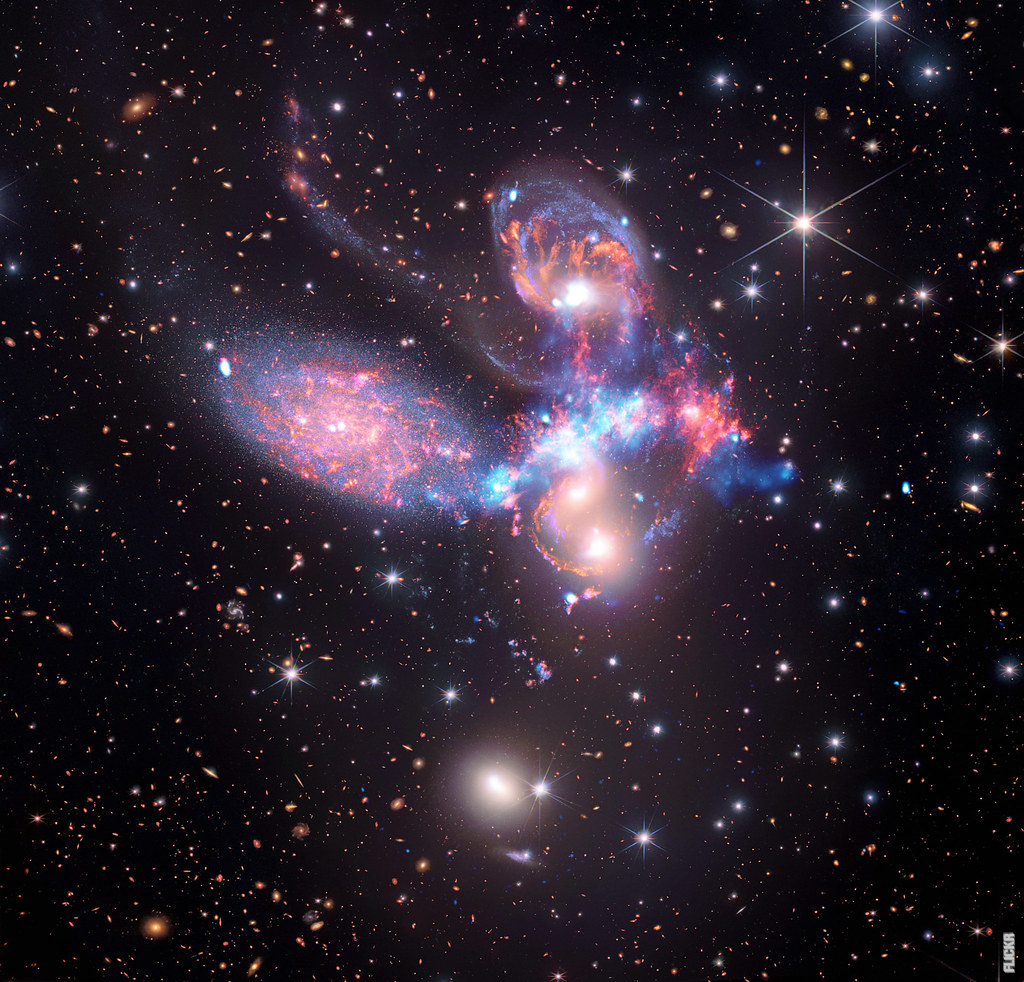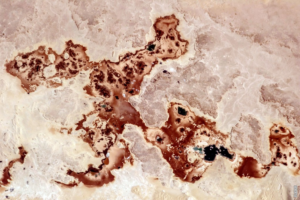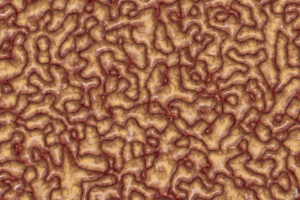The Birth of a Star System
The Solar System, with its mesmerizing planets, moons, and asteroids, has captivated humans for centuries. But have you ever wondered why our cosmic neighborhood is the way it is? Join us on a journey of cosmic exploration as we uncover the secrets of the Solar System’s formation and evolution.
The Primordial Cloud
Our story begins around 4.6 billion years ago, in a vast, swirling cloud of gas and dust known as the solar nebula. This primordial cloud was the birthplace of not just the Sun but also the diverse cast of celestial characters that make up our Solar System today.
The Dance of Gravity
As gravity started to work its magic, the solar nebula began to collapse under its own weight. The center of this collapsing cloud became hotter and denser, eventually igniting fusion and giving birth to our Sun. Meanwhile, the surrounding material started to clump together, forming spinning disks known as protoplanetary disks.
Building Blocks of Planets
Within these protoplanetary disks, tiny particles called planetesimals started to collide and stick together, gradually growing in size. These planetesimals served as the building blocks for the planets we know today. Over millions of years, these planetary embryos continued to accrete more and more material, eventually becoming the majestic worlds that orbit the Sun.
A Cosmic Game of Billiards
But the formation of our Solar System was not a peaceful affair. The young planets, still in the process of formation, were engaged in a cosmic game of billiards. Their gravitational interactions caused violent collisions and ejections, shaping the final configuration of our Solar System.
Post
Post
Planetary Migration
One fascinating aspect of our Solar System’s evolution is planetary migration. As the young planets interacted with the surrounding gas and other planetary bodies, their orbits could change dramatically. Some planets migrated closer to the Sun, while others moved farther away. This intricate dance of gravitational forces sculpted the unique architecture of our Solar System.
The Moon’s Tug of War
Our Moon, Earth’s faithful companion, also played a crucial role in shaping the Solar System. Early in its history, Earth experienced a cataclysmic collision with a Mars-sized object. This impact led to the formation of the Moon and dramatically influenced the evolution of our planet.
A Dynamic and Evolving System
The Solar System we see today is the result of billions of years of cosmic evolution. It is a dynamic and ever-changing system, with ongoing discoveries challenging our understanding of its origins. By studying other star systems and exoplanets, scientists are piecing together the puzzle of how planetary systems form and evolve.
As we gaze at the night sky, let us marvel at the intricate beauty of our Solar System. It is a cosmic masterpiece, shaped by the forces of nature and the dance of celestial bodies. The more we uncover its secrets, the more we realize how truly remarkable and awe-inspiring our celestial neighborhood is.



